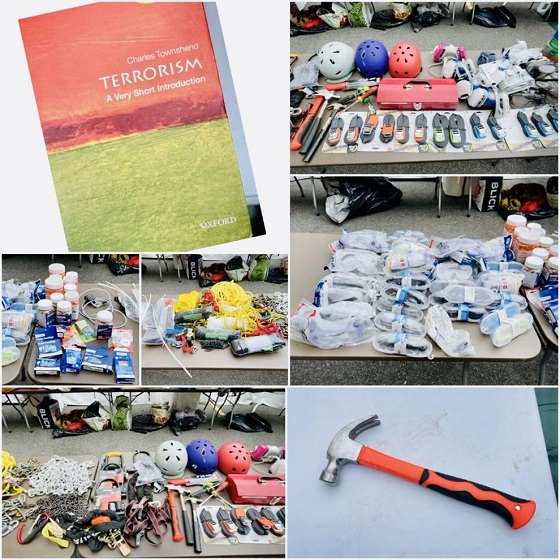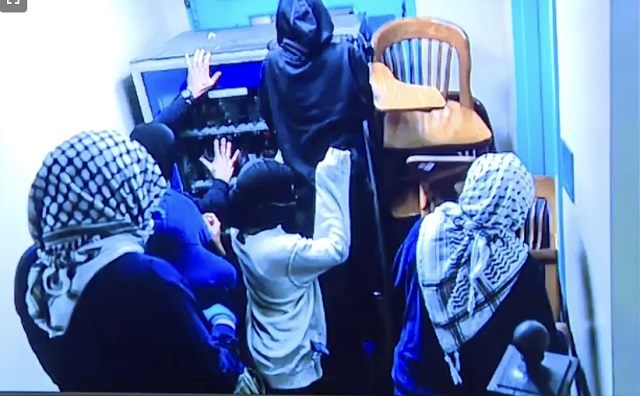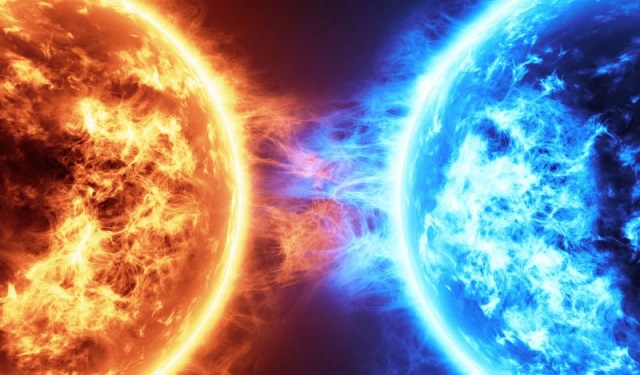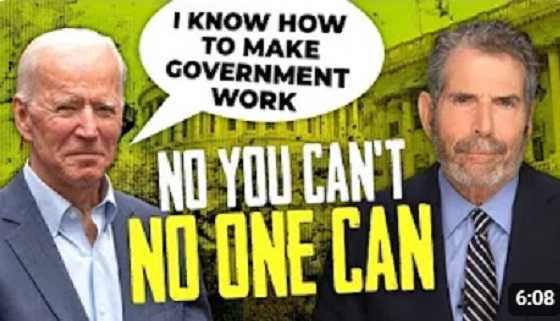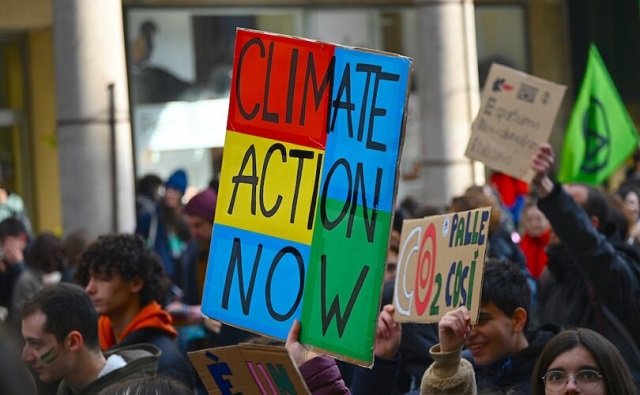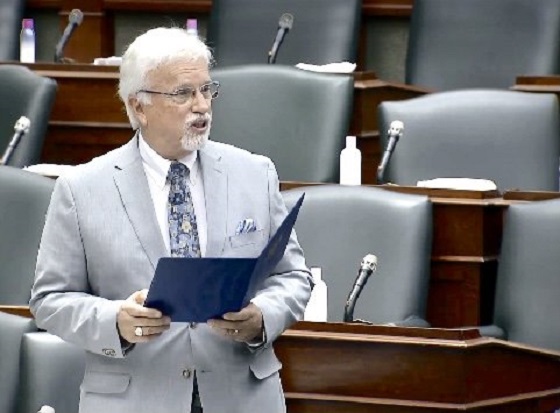OTTAWA — Justin Trudeau has unveiled his pre-election cabinet in a shuffle designed to showcase new faces and to address increasingly troublesome files — from border security, to trade promotion, to the potential for bare-knuckle scraps with the provinces.
In Wednesday’s shuffle, the prime minister gave new portfolios to six ministers and expanded his cabinet by promoting five other MPs to his front benches. The shakeup will boost the profiles of more members of Trudeau’s team, which has long relied on his personal brand, ahead of next year’s federal election.
The moves also look to reinforce possible weak spots.
In one key change, Trudeau confidant and long-time MP Dominic LeBlanc moved from fisheries to intergovernmental affairs, elevating him into a higher-profile role that’s destined to become particularly turbulent.
As a result, Canadians should expect to see a lot more of LeBlanc. At the helm of the unpredictable provincial relations file, the sometimes-pugnacious politician will have more bureaucratic powers at his fingertips with support from several departments.
The federal-provincial dynamic is set to become more confrontational for Trudeau’s Liberals following the recent election of Ontario’s Progressive Conservative government led by Premier Doug Ford. Over the coming months, there’s potential for more conflicts if Quebec and Alberta elect right-leaning governments of their own.
The new cabinet lineup has also been crafted to handle Canada’s complicated relationship with the United States. Following the election of U.S. President Donald Trump, Ottawa has faced growing challenges related to irregular border crossers and big unknowns surrounding Canada-U.S. trade, including an escalating tariff dispute and the difficult renegotiation of the North American Free Trade Agreement.
“I think there’s no question that the international context is constantly changing,” Trudeau said Wednesday after announcing his new cabinet at Rideau Hall.
“There is certainly a level of clarity for Canadians, for businesses, for everyone across this country that we need to diversify our markets, we need to ensure that we are not as dependent on the United States.”
To expand Canada’s trade interests beyond the U.S., Trudeau moved natural resources minister Jim Carr into the international trade portfolio. Carr’s job will be to re-energize stalled efforts towards a trade deal with China, to promote the Canada-EU free trade agreement among European countries that have yet to ratify it and to continue to push for deeper economic integration into Latin America.
The shuffle will also raise the profiles of five Liberal MPs entering cabinet for the first time.
The newcomers include Bill Blair, who was named minister of the new portfolio of border security and organized crime reduction.
The former Toronto police chief will be responsible for the thorny political issues of border management and a surge of migrants at unofficial entry points, as well as gun violence and the complex process of cannabis legalization.
Other new ministers include Mary Ng, who oversees small business and export promotion. The Toronto-area MP was an adviser to Trudeau before her byelection win last year.
Filomena Tassi, a Hamilton MP and former high-school chaplain, assumes the new cabinet file dedicated to the needs of seniors.
Jonathan Wilkinson, a North Vancouver MP, is taking over from LeBlanc as minister of fisheries, oceans and the Coast Guard. The Rhodes Scholar served as parliamentary secretary to Environment Minister Catherine McKenna.
Mandate letters for the new ministers are expected later this summer.
In Quebec, veteran MP Pablo Rodriguez will succeed Melanie Joly, a fellow Montrealer, as heritage minister. The move will position Rodriguez as a key minister responsible for selling the Liberals to Quebec, a critical electoral battleground for the party.
Joly, who struggled at times in her role as heritage minister, was shunted to tourism, official languages and la Francophonie.
Trudeau put the controversial pipeline file in the hands of Amarjeet Sohi, who represents an Edmonton riding. Sohi, who will take over Carr’s natural resources portfolio, handed off his infrastructure file to Francois-Philippe Champagne, the former international trade minister.
The responsibilities of five existing ministers were also revamped. Many cabinet members with key roles stayed put, including McKenna, Foreign Affairs Minister Chrystia Freeland, Finance Minister Bill Morneau, Innovation Minister Navdeep Bains and Defence Minister Harjit Sajjan.
Conservative deputy leader Lisa Raitt said Trudeau’s shuffle highlights areas where the government has failed to deliver on its promises.
“They’re failing in trade, they’re failing in pipelines, they’re failing in infrastructure and as a result those ministers have been moved to other portfolios — this is desperate attempt to hit that reset button,” Raitt said.
“If Justin Trudeau had thought the last two-and-a-half years had gone well, he wouldn’t be making these kinds of changes.”
Raitt also said she’s concerned about Ottawa’s decision to have LeBlanc — whom she described as “extremely partisan” — and Blair deal with the provinces. Blair sparred with the Ford family during his time as police chief.
Ian Brodie, who served as chief of staff for former prime minister Stephen Harper, said in a tweet that Blair’s appointment shows the Liberals are worried Ontario’s Ford government can hurt them over border security and the migrant issues. Brodie believes Blair will make things personal for Ford and the Liberals will hope the premier “gets unhinged.”
Indeed, the Liberals will have to manage a progressively vexing provincial landscape.
Provincial ballots are coming in Quebec this fall and Alberta next spring, and Ottawa already has a difficult relationship with British Columbia’s NDP government over federal support for the contentious Trans Mountain pipeline.
At the moment, there’s also risk the Ottawa-Ontario relationship could be severely strained over key issues, including the federal carbon-pricing plan and management of the migrant influx.
— with files from Lee Berthiaume, Janice Dickson and Mike Blanchfield
Andy Blatchford, The Canadian Press
Related
